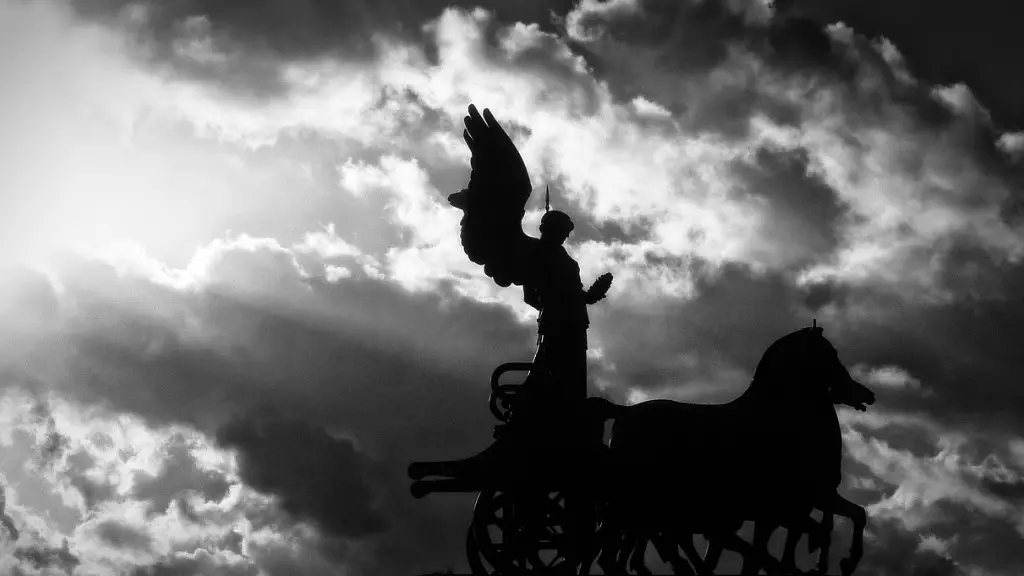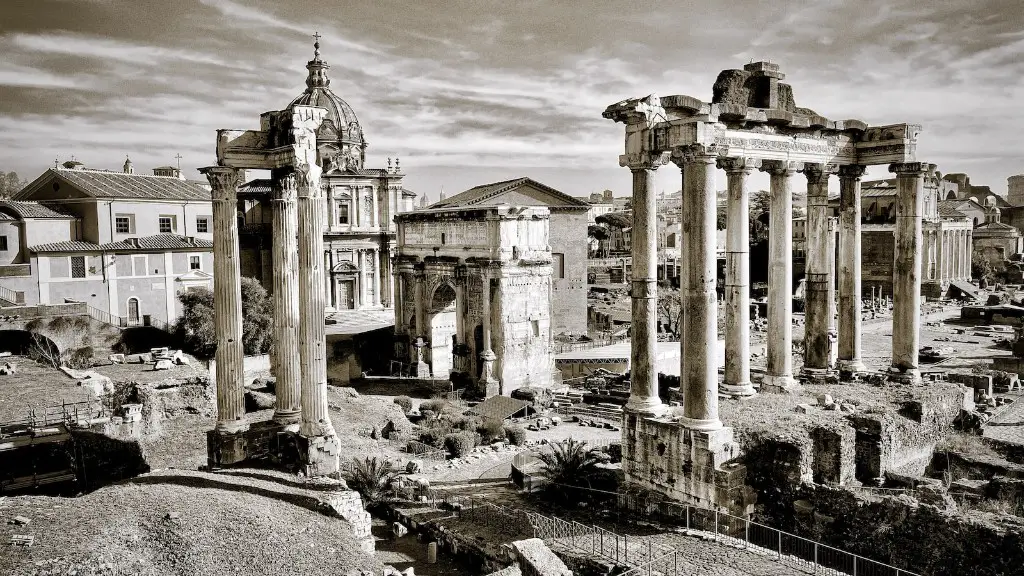Section 1: Primitive Settlements
The Etruscans, known for their sophisticated culture, inhabited much of Italy before being absorbed into Roman culture around the 6th century B.C. Long before that, the Etruscans had spread out from the area of modern Tuscany and established settlements throughout the Italian peninsula. In fact, the Etruscans have been identified as one of the primary cultures responsible for bringing civilization to the region.
The most famous of their settlements in ancient Rome was the city of Veii, which was situated about 10 miles northwest of the modern-day city of Rome. This city was a major hub for Etruscan culture and commerce in the region, and it was also the main source of metals and other resources that made Etruscans unique in their ability to craft such detailed artifacts and structures.
Section 2: The Etruscans in Rome
In order to gain a better understanding of the Etruscans in Rome, historians have researched their lifestyles and customs during their time in the city. Through archaeological excavations and written sources, we’ve been able to get a glimpse into their culture and beliefs.
The Etruscans had their own language, which was a blend of Greek, Latin, and an Italic-derived tongue. They were also known for their art and architecture, as evidenced by surviving buildings and sculptures. They were a powerful people, both politically and militarily, and often served as an ally to Rome during the Republic period.
Section 3: Rise and Fall of a Powerful Empire
At the height of their power, the Etruscans controlled many of the cities surrounding Rome, such as Tarquinii and Vulci. The Etruscan kings were influential in both foreign affairs and domestic policy in the Roman republic, as evidenced by their role in the exile of Tarquinius Superbus and the institution of consular government.
Despite their power, the Etruscan society began to weaken in the 4th century BC due to the encroaching Roman influence. By the 1st century BC, the Etruscans had all but disappeared as a distinct culture.
Section 4: The Legacy of the Etruscans
Though the Etruscans have since faded from recorded history, their influence can still be seen in the world today. The Etruscans left an indelible mark on the city of Rome, both through their monumental buildings and the culture they brought to the region.
Their legacy lives on in the many artifacts they left behind in the form of pottery, sculpture, and paintings. Most of their writing has been lost, but their art and architecture remain as a reminder of their existence.
Section 5: A Bridge to the Past
The Etruscan ruins in and around Rome provide a bridge to the past, allowing modern-day visitors to get a glimpse of what life was like in the ancient world. Exploring these remnants of the Etruscan civilization allows us to have a better understanding of the culture, beliefs, and customs of these people.
A visit to Tuscania or Tarquinii, for example, allows you to explore these aspects of the ancient Etruscans, as well as their art and architecture. In addition, the Etruscan necropolises of Cerveteri and Tarquinia offer a glimpse into the tombs and burial practices of the ancient Etruscans.
Section 6: Etruscan Food and Cuisine
The Etruscan culture also left its mark on Italian cuisine. The Etruscans were well known for their bountiful feasts and elaborate dishes. They relied heavily on legumes and grains, as well as fruits and vegetables, and enjoyed dishes such as roasted meats, fresh cheeses, and fish.
The Etruscans had their own style of culinary arts, often involving stuffed doughnuts or other stuffed pastries. They also developed a strong wine-making tradition that is still enjoyed today.
Section 7: Influence on the Roman Society
The influence of the Etruscans on Rome was extensive, and can still be seen in modern-day Rome. Their art and architecture influenced the later Roman style, as many of their monuments and buildings were adopted by the Romans. The customs of the Etruscans, such as their religion and burial practices, were also adopted by the Romans.
The Etruscans were also responsible for introducing the laws of Rome, as well as their engineering and agricultural practices. Their language, too, left a major impact on the Latin-based languages of modern Europe, and many of their words are still in use today.
Section 8: Eternal Reflections
Today, the Etruscans are remembered for their rich culture and contribution to Rome. Many of the monuments built by the Etruscans are still standing, providing a physical reminder of their presence and influence. Through their artwork, writings, and remains, we can still study their world and draw connections and insights about their culture, helping us to better understand the ancient world.
The Etruscans have left an indelible mark on Rome and remain an important part of the city’s history. Thousands of years later, the legacy of the Etruscans lives on, providing us with a fascinating glimpse into the past.

